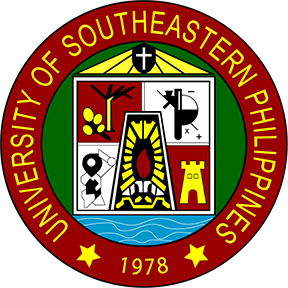A specialized professional course for civil engineering students in structural engineering designed to understand the concepts, theories, and principles in the design process of bridge structures for sustainable industry innovation and sustainable infrastructure.
Contents:
I. Introduction to the course
A. Different types of bridges
B. Classification criteria of bridges, materials of construction, usage, structural form, span type, span length, load path, deck type, position
C. Factors affecting the location, alignment, span, and elevation of the bridge
D. Components of a bridge superstructure, substructure, bearings
II. Loads on bridges
A. Dead Loads
B. Live Loads: truck loadings, lane loadings, extra-legal loads
C. Wind loads
D. Thermal, centrifugal, traction loads
E. Seismic Load
F. Flood Load
Provisions of the National Structural Code of the Philippines Vol. II Bridges
LRFD Method of Bridge Design
III. Design of a simple span highway bridge
A. Design of slab
B. Design bending moments and shears due to a series of truck loads on span; critical look at Code provisions
C. Design of interior girders
D. Design of exterior girders
E. Design of diaphragm
F. Seismic analysis; wind load analysis
G. Design of bearings
H. Design of abutments
I. Design of superstructure; footings, mats or rafts, pile foundation
IV. Design of a simple span steel highway through truss bridge
A. Design of slab
B. Design bending moments and shears due to a series of truck loads on span; critical look at Code provisions
C. Design of interior beams
D. Design of exterior beams
E. Design of diaphragm
F. Seismic analysis; wind load analysis
G. Influence lines/influence line diagrams for truss members due to live loads
H. Design of truss members
I. Design of connections
J. Design of bearings
K. Design of abutments
L. Design of superstructure; footings, mats or rafts, pile foundation
